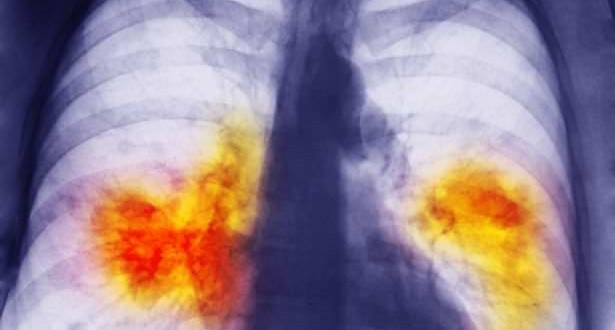Incidence rates are falling for lung cancer, the leading cancer killer of both men and women in the US. This is the conclusion that a new analysis from the National Cancer Institute has come to, with previously unrecognized trends found with regard to age, ethnicity, race, sex and cancer subtype.
According to the authors of this new study, which was led by Denise Riedel Lewis, PhD, MPH, of the National Cancer Institute’s Surveillance Research Program in Bethesda, MD, overall lung cancer rates declined in the US, but it’s not clear if this is true for all groups and all types of cancer.
To more closely investigate US lung cancer rates, Dr. Riedel Lewis and team used data from the National Cancer Institute’s Surveillance, Epidemiology, and End Results (SEER) program for the years 1977 to 2010.
The SEER program involved adults from locations across the US in an effort to research cancer rates. Data from SEER, which included more than half a million lung cancer cases, was combined with data from the US census to estimate lung cancer rates for the entire US population.
The researchers looked at several different forms of lung cancer, including adenocarcinoma, squamous cell and small cell.
According to the Lung Cancer Alliance, adenocarcinoma is a type of lung cancer that begins in the cells of the lung linings. Squamous cell lung cancer begins in the cells of the respiratory tract passages, and small cell cancer refers to a tumor with smaller-than-normal cancer cells that grow and spread quickly.
Dr. Riedel Lewis and team found that, overall, lung cancer rates peaked in the early 1990s, when the estimated rate was 62 cases per 100,000 person-years. Lung cancer then started to decline to the rates seen in the most recent year studied — 53 cases per 100,000 person-years in 2010.
Although lung cancer rates declined overall during the period studied, the researchers noted that they declined more slowly among women than among men.
Both squamous cell and small cell lung cancers peaked in the mid 1980s (with rates of 17 and 11 cases per 100,000 person years, respectively), before declining to rates of 11 and 7 cases per 100,000 years at the end of the 2000s. The researchers saw a decline in adenocarcinoma rates — particularly among men — through the mid 2000s, but, from 2006 to 2010, this form of cancer increased among all adults.
“These findings will require renewed clinical awareness and surveillance and will guide future studies of cancer risk and control,” the study authors wrote.
In an interview with dailyRx News, Alexis Harvey, MD, Medical Director for the New Jersey Region of 21st Century Oncology, said that a number of factors likely contributed to these declining rates.
“I feel that the rates of lung cancer have dropped in the US due to the awareness of the younger population of the link between cigarette smoking and lung cancer,” said Dr. Harvey.
“Another contributing factor is the ever-growing ‘smoke-free’ zones at workplaces, restaurants and now on some beaches,” explained Dr. Harvey. “It has become more and more difficult to smoke in public and therefore people who do smoke are more than likely smoking less.
“There is also less exposure to asbestos and other chemicals that also may have lead to lung cancer,” said Dr. Harvey. “I feel that the biggest factor, however is the declining number of people that are smoking.”
Agencies/Canadajournal
 Canada Journal – News of the World Articles and videos to bring you the biggest Canadian news stories from across the country every day
Canada Journal – News of the World Articles and videos to bring you the biggest Canadian news stories from across the country every day



